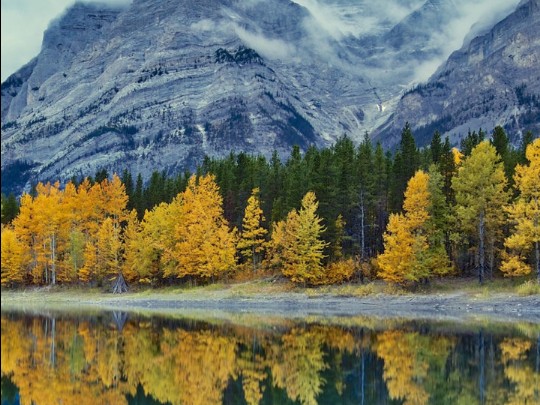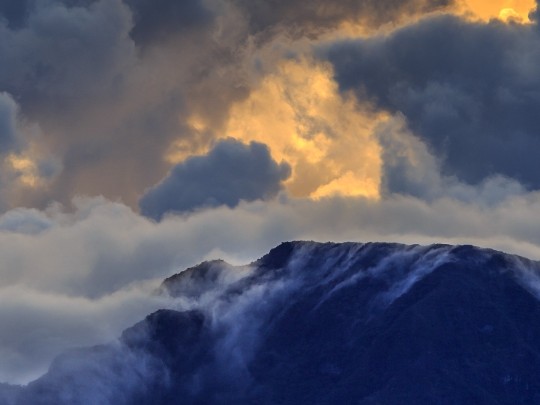Kiwi Skies: Decoding the Stories in Our Clouds

Look up! New Zealand's skies are rarely dull, and the ever-changing tapestry of clouds above us is far more than just a pretty sight. It's a dynamic weather report, a beautiful spectacle, and a fascinating display of atmospheric science. From the fluffy white puffs on a summer's day to the dramatic, brooding formations before a storm, understanding our clouds can deepen your appreciation of the natural world around us.
Have you ever really looked at the clouds? Each type tells a different story – a silent narrative written across the sky. Let's break down some of the most common characters in this aerial drama:
- Cirrus Clouds: These high-altitude, wispy clouds are often the first sign that a weather system is on its way. Think of them as the scouts, giving you a heads-up about what's coming.
- Cumulus Clouds: The classic 'cotton wool' clouds of a sunny day! These cheerful puffs can, however, build into towering cumulonimbus clouds – the bringers of thunderstorms and heavy rain. Keep an eye on them!
- Stratus Clouds: A grey, overcast sky? That's stratus clouds for you. They often bring drizzle or light rain and can make for a rather gloomy day.
- Alto-cumulus Clouds: These mid-level clouds, appearing as patchy sheets or layers, can indicate a change in weather conditions.
The Science Behind the Show
So, how do these incredible formations actually happen? It all starts with water vapor. As warm, moist air rises into the atmosphere, it cools. This cooling causes the water vapor to condense around tiny particles – dust, pollen, even salt from the ocean! – forming minuscule water droplets or ice crystals. These droplets and crystals collide and merge, growing larger and larger until they become visible as clouds. The height at which this condensation occurs determines the type of cloud we see.
Sunsets and Sunrise: A Cloudy Canvas
And what about those breathtaking sunsets and sunrises we’re so lucky to experience here in Aotearoa? The vibrant colours are a direct result of sunlight interacting with these water droplets and ice crystals within the clouds. The angle of the sun, the amount of moisture in the air, and the type of cloud all play a role in creating those stunning displays.
Next time you're out and about, take a moment to look up and appreciate the ever-changing beauty of the clouds. They're a constant reminder of the power and wonder of nature, right above our heads!



![Kia Ora Autumn! Stunning Red Leaves & Crisp Air at [Park Name] - A Must-See!](https://wp-cdn.anyselected.com/prod/38/86/388633b8c3e326c08a0397bd1018938d.jpg?re_source=none)

